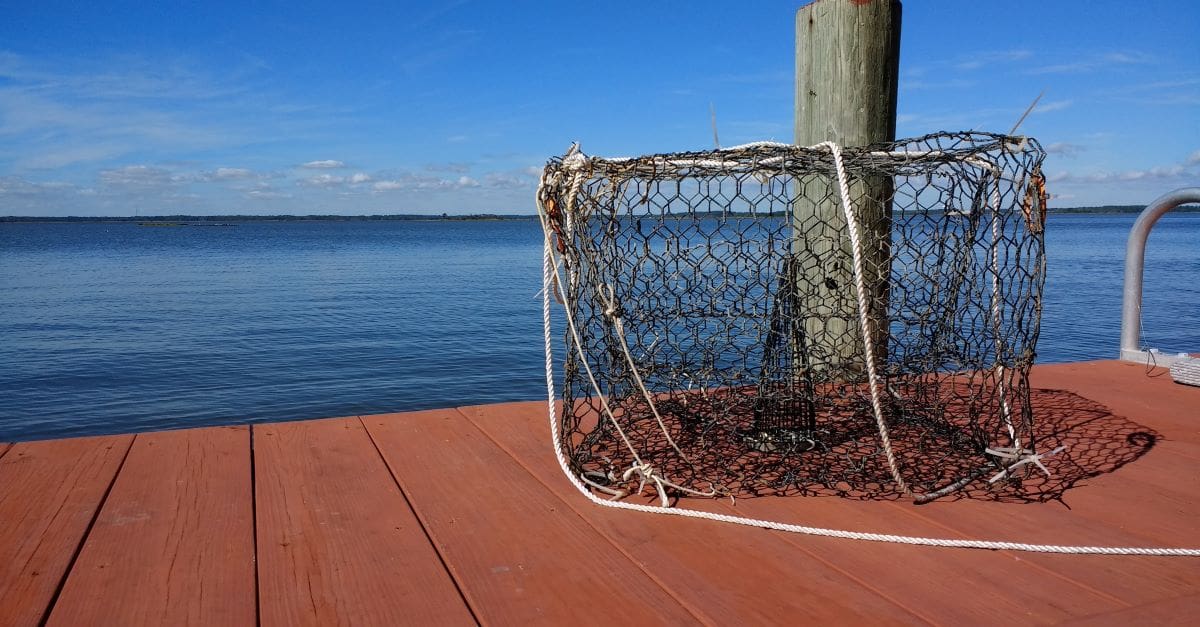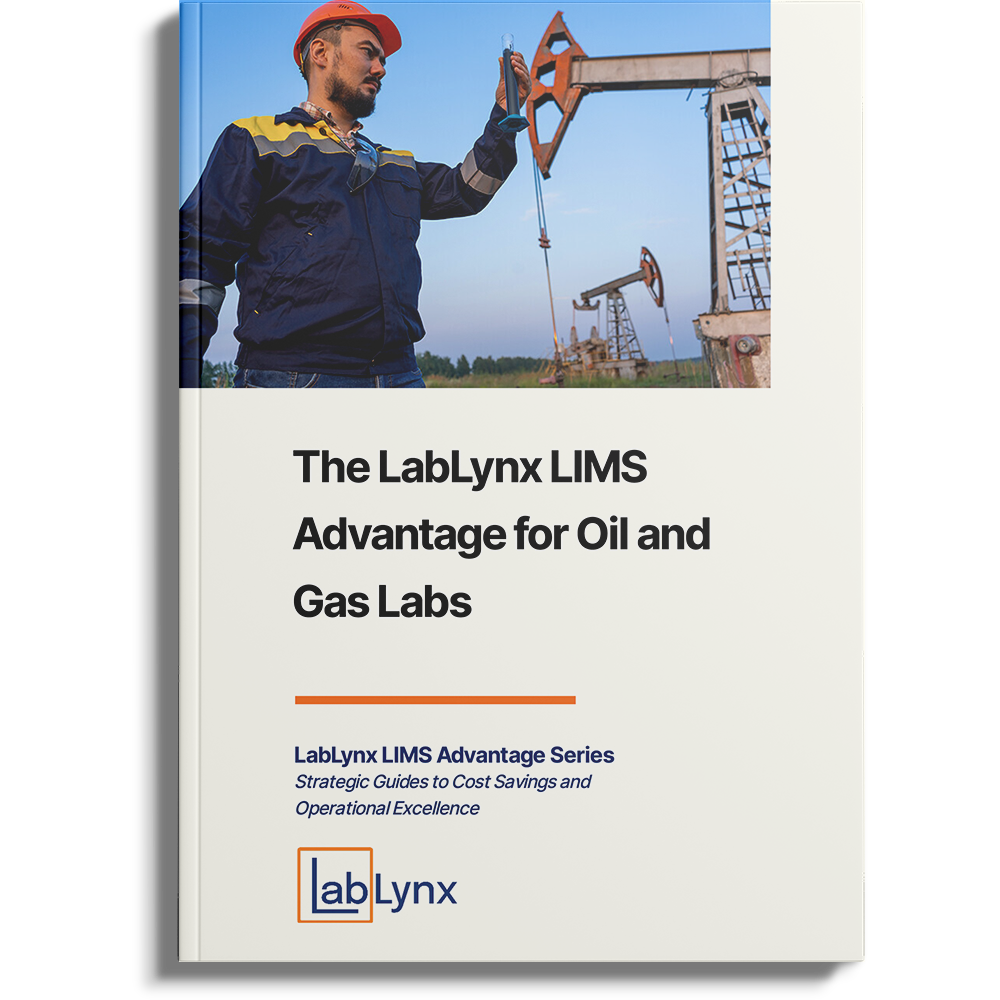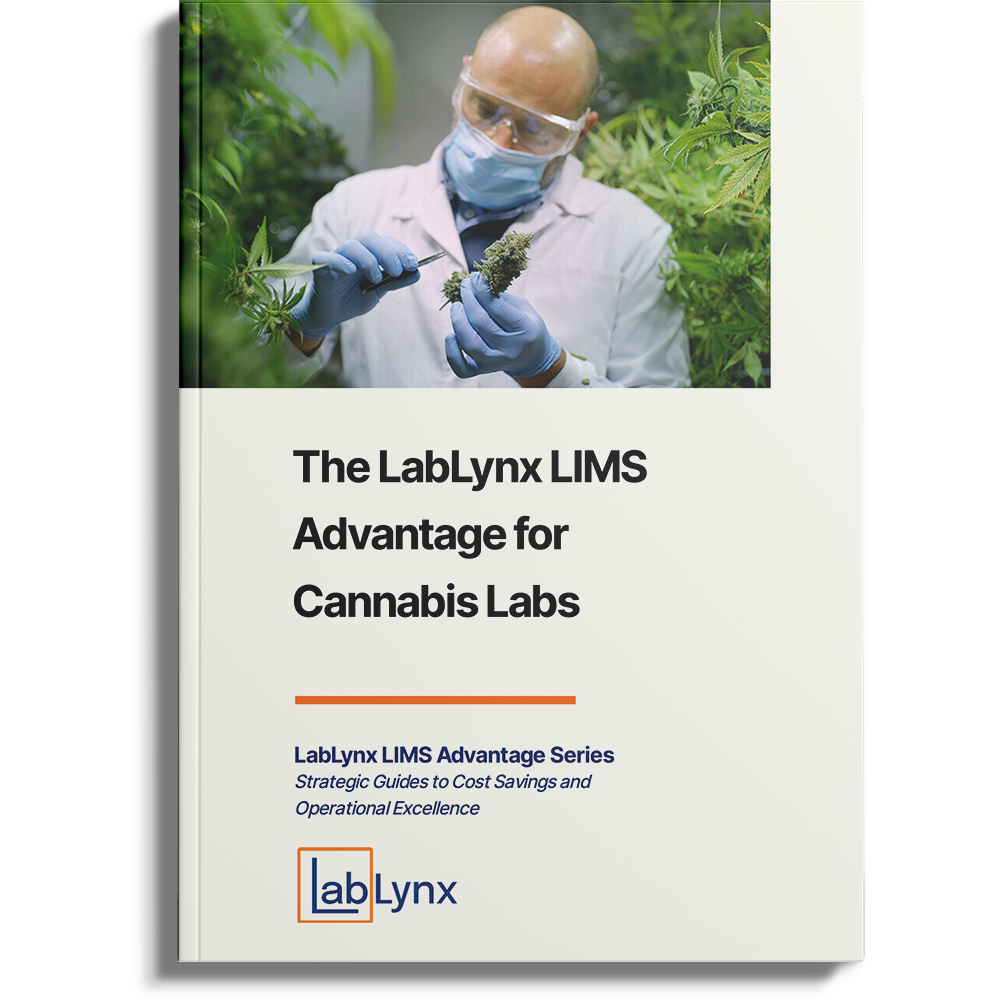
This content has been archived. It may no longer be relevant
Mama always said, “Don’t worry, darling, there are plenty of fish in the sea.” But what mama didn’t take into account was the impact of global warming on the Earth’s oceans. While many varieties of fish populations are relocating to cooler temperatures, other species are dwindling due to the stress of the warmer waters.
Climate change is threatening the economic stability of countries and regions that rely on fishing for not only their food supply but for the financial security of their families and communities. Environmental research shows that ocean temperatures are rising at a much faster pace than previously predicted, and actionable solutions are needed to rectify the problem.
Economics of the fishing industry
The volume of global fish production in 2021 was estimated at 178 million metric tons, with the highest volume of fish caught by China. The global seafood market is projected to reach approximately $336 billion (US dollars) by 2025.1 The Food and Agriculture Organization (FAO), a specialized agency of the United Nations, estimates that jobs in fisheries and aquaculture support 10 to 12 percent of the world’s population.2
The United States has the world’s second-largest exclusive economic zone (EEZ) at 4.38 million square miles of fishable water. The EEZ is an area of the sea in which a sovereign state has special rights to explore and use marine resources. Prior to the pandemic in 2020, commercial and recreational fisheries in the United States accounted for 1.8 million jobs and $255 billion in sales.3
How warming waters affect fish
Oceans absorb over 90 percent of the greenhouse gasses in the atmosphere and act as a buffer, keeping the surface of the land from heating up faster than it already is. While keeping land temperatures in check is a positive, the impact on the ocean’s temperature is a negative for marine life. In an analysis published in the journal Science in 20194, the oceans are heating up 40 percent faster than estimates, with average sea temperatures rising over 1.5 degrees Celsius in the last century.
Fish are cold-blooded animals, which means they are not able to automatically control their body temperature. Instead, a fish’s body temperature is controlled by its environment and will therefore mirror the temperature of the water it swims in.
When the water becomes too warm, a fish’s metabolism speeds up, as does its breathing. This causes the fish to use more oxygen. The problem is that warmer water holds less oxygen, so it puts stress on the fish. The enzymes fish use for digestion are also less efficient in warmer waters, which can impact the fish’s growth and reproductive cycle.
According to a recent Rutgers University study5, it’s not just as simple as the fish swimming to cooler waters. Some fish are at risk of finding survivable ocean temperatures, as they may be trapped in geographic locations that prevent heading toward the poles for cooler temperatures. As the fish shift to new habitats in new locations, the predator/prey dynamic also adjusts dramatically, with growing populations of one species encroaching on the territory of another.
Fish are moving to new locations much faster than species on land. As a result, traditionally plentiful fish species in one area now no longer exist and are causing real-world problems for those who get their livelihood from the fishing industry.
Examples of global warming’s impact on the fishing industry
Detailed below are some examples of the impact of warming waters on the global fishing industry.
Alaska
On October 10, 2022, the Alaskan Department of Fish and Game canceled the Bering Sea snow crab season for the first time ever and canceled the Bristol Bay king crab season for the second consecutive year. Alaska’s crab fishing industry is worth more than $200 million, and the state supplies six percent of the world’s snow, tanner, and Dungeness crabs.6
It is estimated that 90 percent of the snow crabs have disappeared from the region since last season. The US Environmental Protection Agency (EPA) wrote in a recent report that the “Alaska Pollock, snow crab, and Pacific halibut have generally shifted away from the coast (of the Bering Sea) since the early 1980s. They have also moved northward by an average of 19 miles.” 7
Germany
In the last 40 years, the waters off Germany’s coast have increased by two degrees Celsius.8 Cod, once abundant in the North Sea, prefer colder waters, so they are migrating to the north, causing the fishermen to either extend their fishing radius or find new species to replace those that are migrating. The cod in the Baltic Sea can’t escape the warming waters by moving north, as the Baltic Sea is mostly enclosed by land, which will impact their ability to reproduce, and eventually, populations will decline.
As the fish migrate north, they are moving into the EEZ zones of Norway and Iceland, leaving Germany with no rights to the fish in those waters for the seafood once a staple to their country.
Iceland
Ocean temperatures around Iceland have increased between 1.8 and 3.6 degrees Fahrenheit over the past 20 years, leaving some species of fish, like harvest capelin, a type of smelt, beyond the reach of Icelandic fishermen.9 In 2018, Iceland’s Marine and Freshwater Research Institute recommended closing the capelin winter fishing season due to a decline in population. Capelin is Iceland’s second most economically important fish export.
But it’s not just about the capelin. In 2019, cod brought in record profits of $1 billion for Iceland. The problem is that cod feed on capelin. So as the capelin migrate north, the cod follow to maintain their food supply.
Florida and Yucatan Peninsula
Not only are the waters of the Gulf Coast experiencing increasing temperatures, but the warming water is causing another issue: the bleaching of coral reefs. When water is too warm, the coral will expel the algae living in the tissues, causing the coral to turn white, which in turn reduces the coral’s growth rate and increases susceptibility to disease and death.
If the reefs die, so do the entire reef ecosystems, causing a diminished food source for a large variety of fish. As the fish population in these ecosystems attempts to migrate or die off, the food supply in this region is impacted and the fishing industry is affected economically. In 2015, Monroe County, Florida, which includes Key West, brought in 17.3 million pounds of seafood worth $71.2 million, making it the tenth most valuable fishery in the US.10
The necessary work of environmental scientists
Environmental scientists are hard at work trying to calculate and predict the impact of climate change and find actionable solutions to reduce global warming, primarily through the reduction of greenhouse gas emissions. The research of environmental laboratories around the world can help the population understand the causes of rising global temperatures in our seas and how these changes in temperature impact our lives.
Climate change has the potential to damage marine ecosystems, leaving coastal regions with diminished food supplies and economic instability. Fish products aren’t only consumed, but varieties of marine life are also used by pharmaceutical companies in product manufacturing and drug discoveries.
LabLynx offers a laboratory information management system (LIMS) to support environmental laboratories. The LabLynx ELab LIMS enables labs to schedule and manage sample collection, allows for chain of custody tracking, and produces quality control charts and reports.
References
1 https://www.statista.com/statistics/264577/total-world-fish-production-since-2002
2 https://www.fisherproject.org/the-global-fishing-industry
3 https://www.fisheries.noaa.gov/national/sustainable-fisheries/fisheries-economics-united-states
4 https://www.science.org/doi/abs/10.1126/science.aav7619
5 https://royalsocietypublishing.org/doi/10.1098/rspb.2021.2755
6 https://www.alaskaseafood.org/wp-content/uploads/MRG_ASMI-Economic-Impacts-Report_final.pdf
7 https://www.washingtonpost.com/climate-environment/2022/10/15/alaska-snow-crab-season-climate-change/
8 https://www.globalseafood.org/advocate/experts-climate-change-is-altering-fishing-industry-in-north-and-baltic-seas/
9 https://www.nytimes.com/2019/11/29/climate/climate-change-ocean-fish-iceland.html
10 https://www.eesi.org/articles/view/floridas-dying-reefs-could-kill-the-florida-keys-economy




